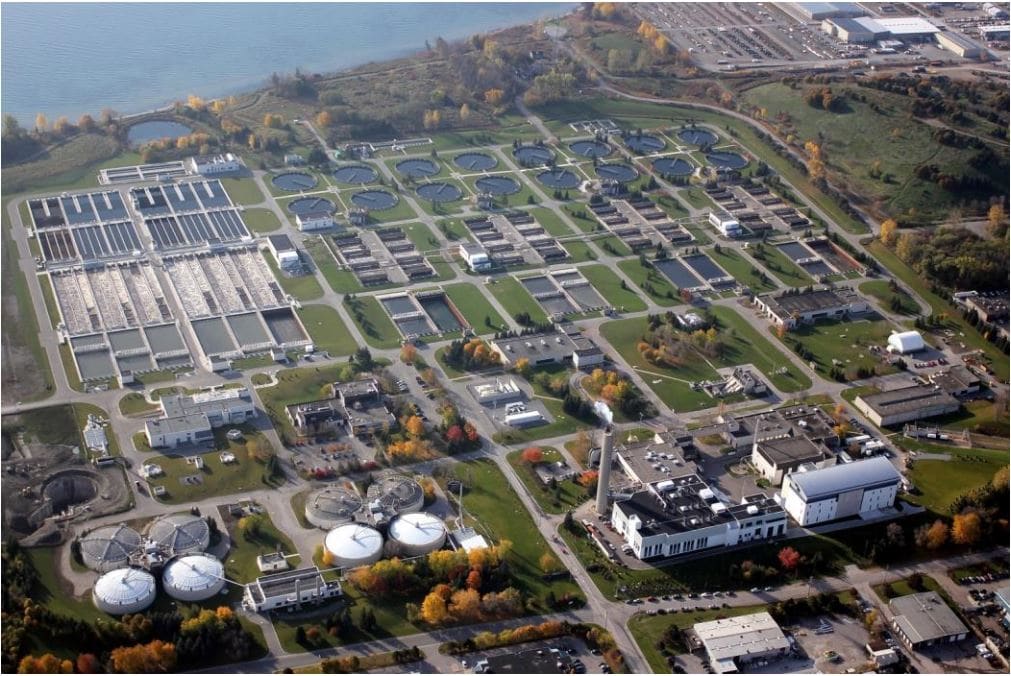The Ontario Government announced that plans for the Upper York Sewage Solution, which would have sent wastewater from Newmarket, Aurora and East Gwillimbury through a state-of-the-art treatment plant into Lake Simcoe have been cancelled and instead is looking to pass legislation that would direct the wastewater to Lake Ontario through the Duffin Creek treatment facility that is co-owned and operated by York and Durham regions.
“Expansion of this shared critical wastewater infrastructure for York and Durham Regions is needed to support their significant population housing, and economic growth. Our government is proposing a solution that ensures the most robust wastewater treatment as these communities continue to grow,” said David Piccini, Minister of the Environment, Conservation and Parks. “The Duffin Creek treatment facility is one of the best performing wastewater facilities in the province that ensures the protection, enjoyment and welfare of Lake Ontario, shoreline communities and nearshore areas.”
According to recommendations of the York Region Wastewater Advisory Panel, the expansion of this infrastructure is the most effective option available, leveraging existing wastewater treatment services under the Co-Ownership Agreement between Durham and York Regions who share treatment facility assets to support their collective population growth.
The Duffin Creek treatment facility is one of the top performing wastewater treatment plants in Ontario, achieving world-class standards for high quality treatment, phosphorus control and protective measures for the surrounding environment and watershed, with a capacity to process 630 million litres per day. Today, this facility operates at approximately 50 per cent capacity and the proposal would add an additional 12 per cent to the current flow levels, meaning it has the capacity to ensure every litre of water the plant receives gets high quality treatment. Over the past 25 years, governments at all levels have invested more than $850 million in the plant, making it one of the best performing treatment facilities on the Lake Ontario shoreline. Phosphorous limits at the plant are significantly lower than those at other wastewater facilities in Ontario and will continue to be reduced as the facility implements additional upgrades between now and 2030.
In parallel with this initiative, Ontario continues to make multi-million-dollar improvements to wastewater and stormwater infrastructure, investing in the latest technology for real-time wastewater monitoring. In January 2022, Ontario invested $15 million to build, upgrade and rehabilitate storm and wastewater infrastructure in the Lake Ontario basin. This includes optimizing plants, improving local sewer systems and investing in green infrastructure. The Regional Municipality of Durham is receiving $836,590 through this program which will help improve water quality in Lake Ontario.
Further, Ontario invested $6.3 million in 51 projects to protect and improve Lake Ontario. This includes projects under the Canada-Ontario Agreement (COA) Nutrients Annex commitments focused on the Lake Ontario basin and science/monitoring projects. In Durham, this includes monitoring exit loads of phosphorus to Lake Ontario from tributaries, monitoring nutrient and weather event discharges from tributaries, quantifying nutrient loadings and determining internal phosphorus loading in western Lake Ontario coastal wetlands.
Featured image: The Duffin Creek Water Pollution Control Plant, Pickering, Ontario. (Toronto and Region Conservation Authority)











